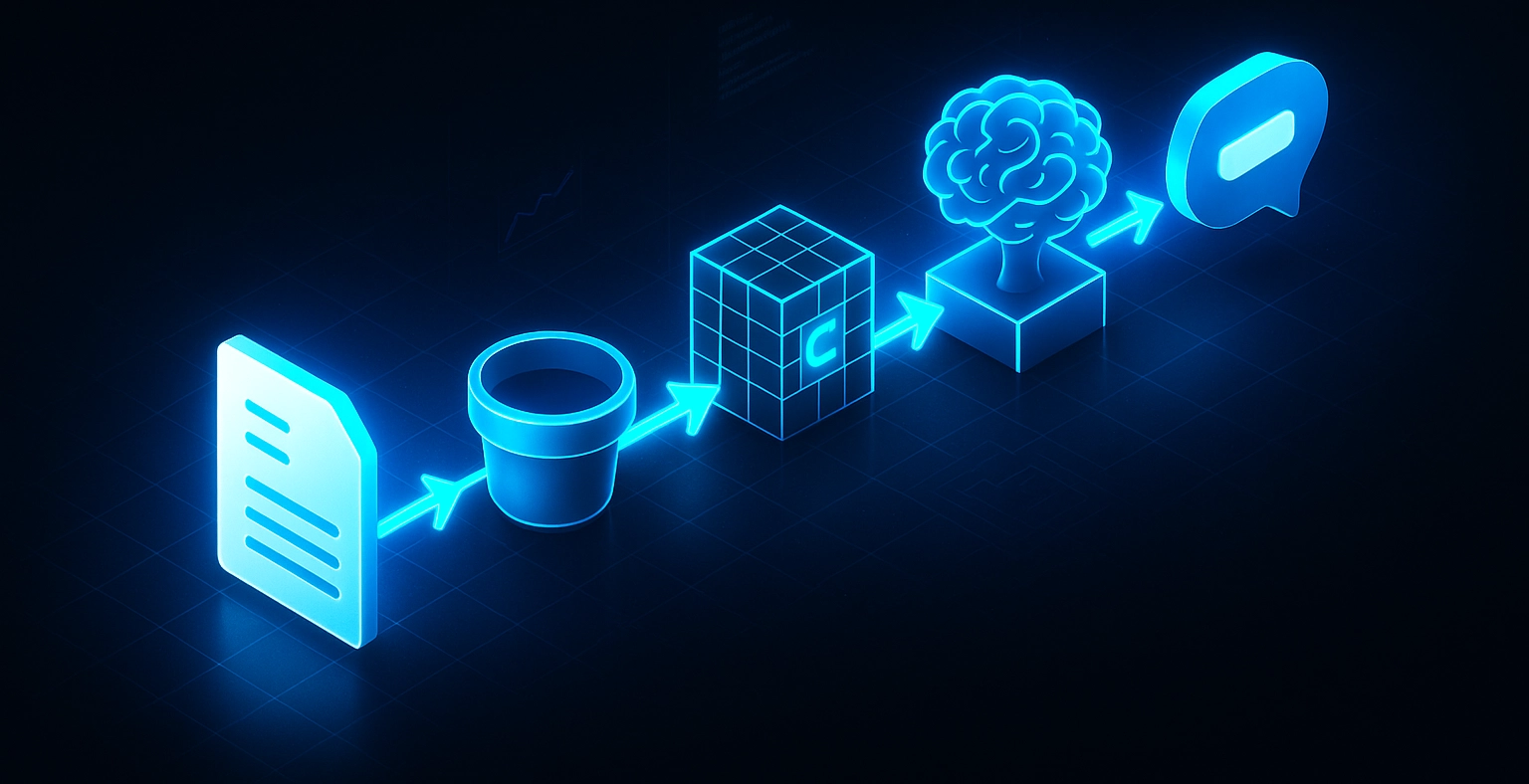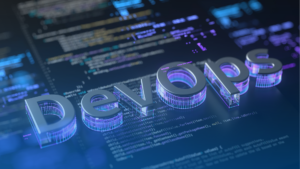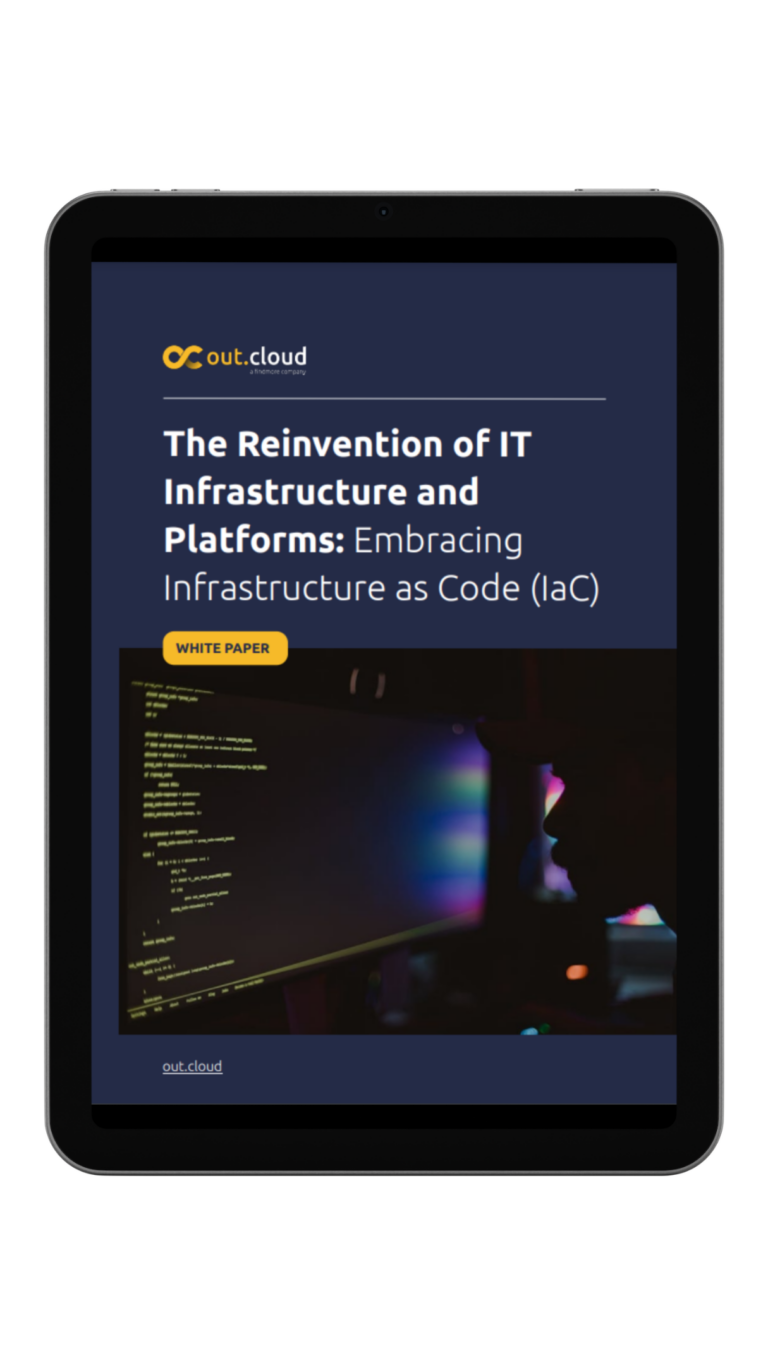Generative AI is reshaping software architecture. The prompt no longer carries the entire load; durable value now lives in the context that surrounds every request. The Model Context Protocol (MCP) captures that idea by treating documents, tools, memory and policy as first‑class objects that can be versioned and reused.
Context still needs a home. Embeddings belong in a database, memory buffers need low‑latency storage, planners need compute, logs need sinks. When those resources are created by hand or scattered across scripts the result is fragile and hard to reproduce. Terraform turns that sprawl into code that can be reviewed, tested and rolled back. Combine Terraform and MCP and you get context that is both semantically rich and operationally dependable.
Why infrastructure must follow context
An MCP application often relies on a knowledge base, a vector store, short‑term memory, external tools, planners and telemetry. Each element maps to an AWS resource. An S3 bucket or Aurora cluster stores raw data, Chroma on Fargate or an EKS deployment handles retrieval, DynamoDB or Redis keeps memory, Lambda or Step Functions runs tools, and CloudWatch collects metrics. Building these pieces once is simple; cloning them for every team or customer is unmanageable without code. Terraform offers a single source of truth that scales with demand.
Building a Retrieval Augmented Generation context
Picture an agent that answers questions about internal documentation. The stack includes an S3 bucket for the documents, a Chroma retriever on Fargate, Claude v2 on Bedrock for generation and CloudWatch for insight. A clean folder layout keeps the moving parts organised:
The storage module relies on terraform-aws-modules/s3-bucket/aws and pins a version for repeatability:
The retriever service wraps several modules—terraform-aws-modules/ecs/aws, terraform-aws-modules/alb/aws and terraform-aws-modules/security-group/aws—so it can be reused across contexts:
Detailed ECS task definition
ECS service definition
The language model is referenced through a simple SSM parameter so the code never hard‑codes an ARN:
One terraform apply stands up an isolated, tagged and observable environment. Deploying the same stack for another team is a matter of passing a new environment value.
Enriching the workflow with the AWS Terraform MCP Server
Writing Terraform brings discipline; keeping it secure and aligned with AWS guidance takes constant review. The AWS Terraform MCP Server runs locally and lets coding assistants surface advice on plans, policy and structure. Under the hood it bundles Checkov, an index of AWS provider documentation and sample patterns for Bedrock, OpenSearch Serverless and SageMaker.
Add the server to your MCP client configuration:
Every plan can now be inspected for drift, security gaps and alignment with the Well‑Architected Framework. The server also highlights official modules such as terraform-aws-modules/vpc/aws for networking, terraform-aws-modules/eks/aws for managed Kubernetes and terraform-aws-modules/iam/aws for granular access control, so you spend less time wiring boiler‑plate and more time refining context logic.
Observability without overhead
A well‑tuned context is useless if you cannot see what it is doing. CloudWatch remains the fastest way to capture logs, metrics and traces in one place. The terraform-aws-modules/cloudwatch/aws module creates log groups, metric filters and dashboards in a single block so you do not have to wire them by hand.
For distributed traces, drop the AWS Distro for OpenTelemetry sidecar into each ECS task and send spans to X‑Ray. The aws_appmesh and aws_distro_for_opentelemetry_collector modules handle the heavy lifting, leaving you with two lines of code per task definition.
Cost allocation and tagging
Context that scales without guardrails can burn a credit card faster than any GPU bill. AWS Cost Explorer breaks costs down by tag, so consistent tagging is non‑negotiable.
Add a Cost and Usage Report once and every new context inherits it:
Tags flow from the modules you defined earlier, so each context shows up as its own line item. Linking budgets to Slack or SNS means finance hears about overspend before the invoice lands.
Putting it all together
Start by listing the context elements that power your agents. For each one pick an official or trusted community module. Wrap those modules with thin glue code that passes environment‑specific variables, commit everything to Git and enable the MCP server in your IDE. From there your pull requests will benefit from automatic security scans and architecture hints. Wire terraform plan and terraform apply into your pipeline and every context becomes reproducible from a single command.
Context has become the runtime of modern AI systems. Terraform gives that runtime a concrete home. The AWS Terraform MCP Server adds real‑time guidance that keeps the home secure and efficient. Treat infrastructure as context and you will ship faster with fewer surprises.






